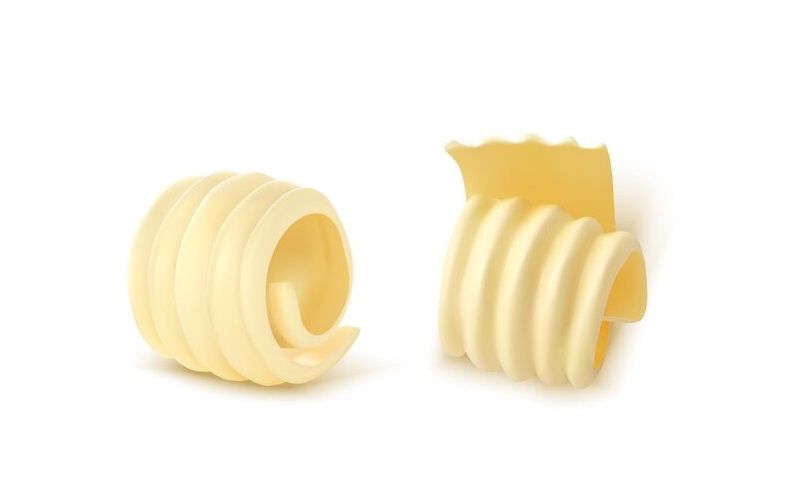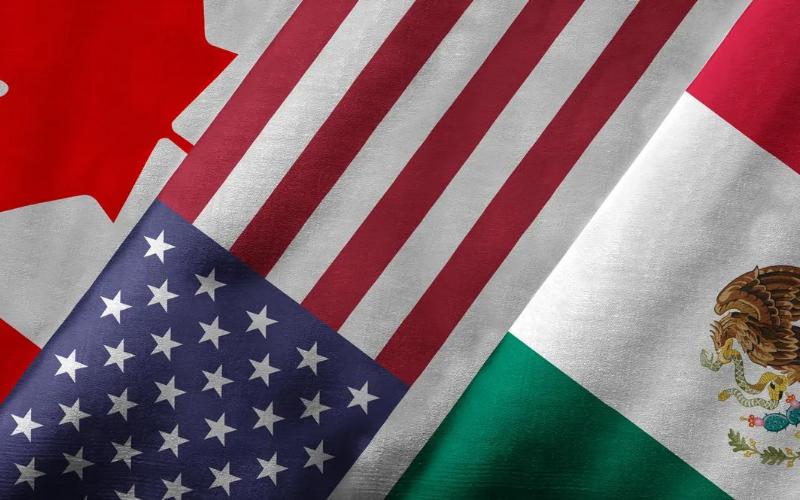Rising Butter Prices Leave European Consumers and Bakers Facing Tough Choices
Source: DairyNews.today
The cost of butter, a staple in European kitchens and bakeries, has surged in recent months, putting pressure on both consumers and businesses. In Paris, pastry chef Arnaud Delmontel continues to craft croissants and pain au chocolat with traditional butter, despite a 25% price hike since September. For Delmontel, switching to margarine—a route some competitors have taken—is not an option.

“It’s a distortion of what a croissant is,” he said. “A croissant is made with butter.”
A Global Problem Hits Home
Butter prices have climbed across Europe amid post-pandemic inflation worsened by the war in Ukraine. Data fr om the European Union’s executive arm shows that fr om October 2023 to October 2024, butter prices rose 19% on average across the bloc, with sharper increases in Slovakia (49%), Germany (40%), and the Czech Republic (40%).
Driving the surge is a global milk shortage, exacerbated by declining production in key exporters like the United States and New Zealand. Rising energy costs and adverse weather conditions have also contributed, while European butter, with its higher fat content and standardized packaging, remains subject to straightforward price increases rather than “shrinkflation.”
Regional Repercussions
In Germany, butter prices now range from €2.40 to €4 per 250-gram block, depending on quality. In Poland, wh ere butter is considered a strategic commodity, the government has released 1,000 tons of frozen reserves to stabilize prices. Nevertheless, Polish butter prices have soared nearly 50% over the past year, hitting 37 zlotys ($9) per kilogram by early December.
Danuta Osinska, a 77-year-old Polish pensioner, has reluctantly reduced her butter consumption. “There is no comparison” to margarine, she said, but rising costs have forced tough choices between essentials like butter and medications.
Political and Industry Implications
Butter inflation has become a contentious political issue, particularly in Poland, wh ere parties are trading blame ahead of upcoming elections. Grocery chains, too, are caught in price wars, leaving dairy farmers struggling with slim profit margins.
Agnieszka Maliszewska, director of the Polish Chamber of Milk, attributes the butter shortage to dairy farmers exiting the industry due to low profitability and high labor demands. Rising energy costs fr om the Ukraine conflict and falling milk prices last year also discouraged production. Meanwhile, outbreaks of livestock diseases like bluetongue virus may be further impacting milk supplies.
Broader Trends in Butter Pricing
Globally, butter prices have followed similar trajectories. In the U.S., prices spiked in 2022 amid high feed costs and extreme heat, briefly dipping in 2023 before climbing again to a peak of $5 per pound in September.
Southern European countries, including Italy, have been less affected due to their preference for olive oil over butter. While Italian butter prices rose 44% over the past year, the increase has not caused widespread alarm in a market wh ere butter is less integral.
Bakers Under Pressure
Back in France, bakers like Delmontel face difficult decisions. Unlike some, he has avoided downsizing his pastries to cut costs, but others are taking that route or absorbing the increases in profit margins.
“Every business owner has to make their choice,” Delmontel said. “For us, butter is non-negotiable.”
With no immediate relief in sight, European consumers and businesses will continue grappling with the fallout of rising butter prices. The challenges underscore broader economic pressures stemming from supply chain disruptions, inflation, and geopolitical tensions.
Source
A Global Problem Hits Home
Butter prices have climbed across Europe amid post-pandemic inflation worsened by the war in Ukraine. Data fr om the European Union’s executive arm shows that fr om October 2023 to October 2024, butter prices rose 19% on average across the bloc, with sharper increases in Slovakia (49%), Germany (40%), and the Czech Republic (40%).
Driving the surge is a global milk shortage, exacerbated by declining production in key exporters like the United States and New Zealand. Rising energy costs and adverse weather conditions have also contributed, while European butter, with its higher fat content and standardized packaging, remains subject to straightforward price increases rather than “shrinkflation.”
Regional Repercussions
In Germany, butter prices now range from €2.40 to €4 per 250-gram block, depending on quality. In Poland, wh ere butter is considered a strategic commodity, the government has released 1,000 tons of frozen reserves to stabilize prices. Nevertheless, Polish butter prices have soared nearly 50% over the past year, hitting 37 zlotys ($9) per kilogram by early December.
Danuta Osinska, a 77-year-old Polish pensioner, has reluctantly reduced her butter consumption. “There is no comparison” to margarine, she said, but rising costs have forced tough choices between essentials like butter and medications.
Political and Industry Implications
Butter inflation has become a contentious political issue, particularly in Poland, wh ere parties are trading blame ahead of upcoming elections. Grocery chains, too, are caught in price wars, leaving dairy farmers struggling with slim profit margins.
Agnieszka Maliszewska, director of the Polish Chamber of Milk, attributes the butter shortage to dairy farmers exiting the industry due to low profitability and high labor demands. Rising energy costs fr om the Ukraine conflict and falling milk prices last year also discouraged production. Meanwhile, outbreaks of livestock diseases like bluetongue virus may be further impacting milk supplies.
Broader Trends in Butter Pricing
Globally, butter prices have followed similar trajectories. In the U.S., prices spiked in 2022 amid high feed costs and extreme heat, briefly dipping in 2023 before climbing again to a peak of $5 per pound in September.
Southern European countries, including Italy, have been less affected due to their preference for olive oil over butter. While Italian butter prices rose 44% over the past year, the increase has not caused widespread alarm in a market wh ere butter is less integral.
Bakers Under Pressure
Back in France, bakers like Delmontel face difficult decisions. Unlike some, he has avoided downsizing his pastries to cut costs, but others are taking that route or absorbing the increases in profit margins.
“Every business owner has to make their choice,” Delmontel said. “For us, butter is non-negotiable.”
With no immediate relief in sight, European consumers and businesses will continue grappling with the fallout of rising butter prices. The challenges underscore broader economic pressures stemming from supply chain disruptions, inflation, and geopolitical tensions.
Source
Key News of the Week











